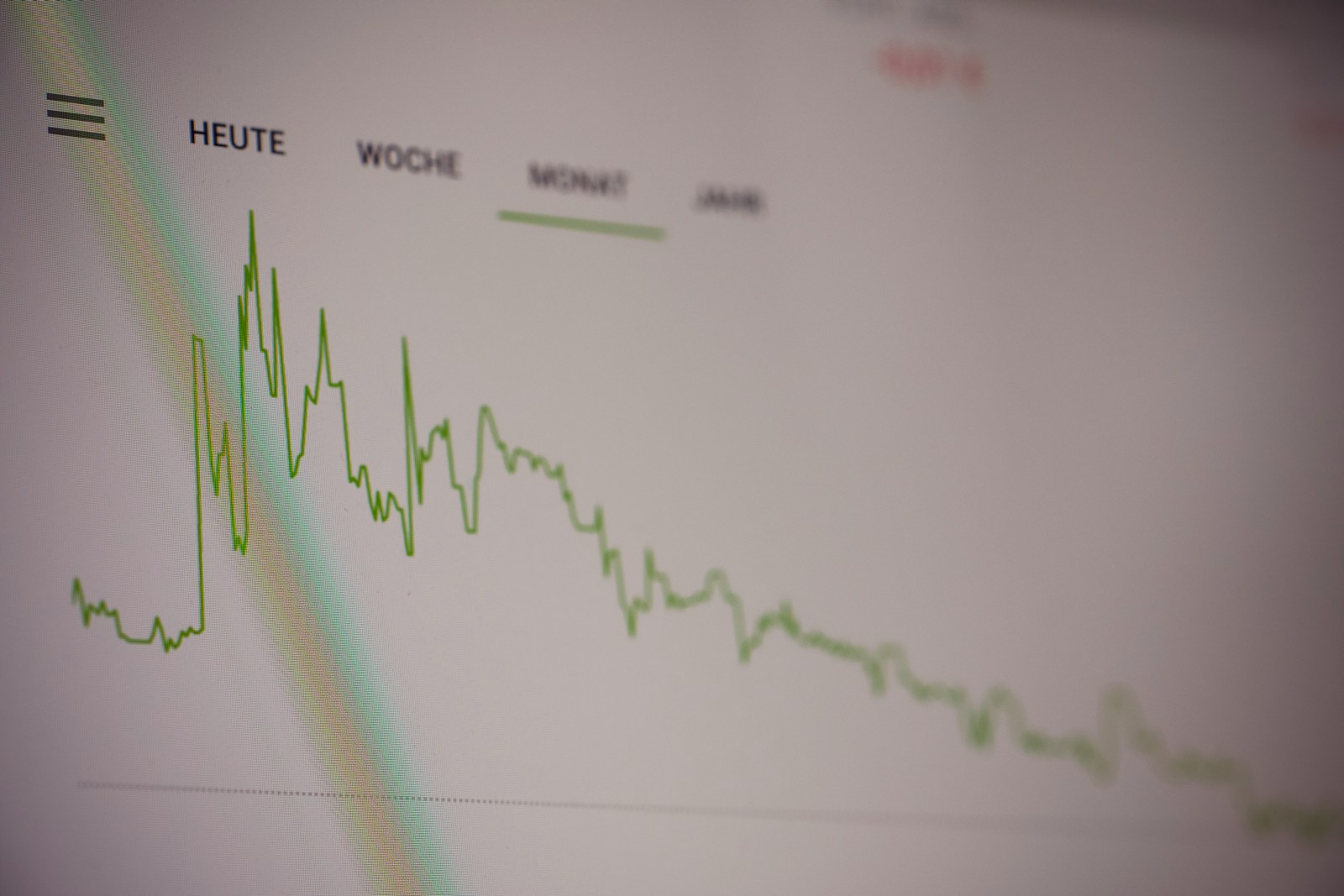In financial markets, investors and traders have various strategies to profit from a decline in the price of an asset. Two of the most common methods are put options and short positions. Although both strategies benefit from a drop in price, they operate differently, involve different risks, and are suited for different types of investors. Understanding the key differences between a put option and a short position is essential for anyone looking to make informed investment decisions.
In this article, we will explore the fundamental differences between put options and short positions, including how they work, their risks and rewards, and when it might be appropriate to use one over the other.
What Is a Put Option?
A put option is a financial derivative that gives the holder the right, but not the obligation, to sell a specific amount of an underlying asset (like a stock) at a predetermined price (known as the strike price) before or on a specified expiration date. Investors typically buy put options when they expect the price of the underlying asset to fall.
Key Characteristics of a Put Option
- Strike Price: The price at which the holder can sell the underlying asset.
- Premium: The cost of buying the put option, paid upfront by the buyer.
- Expiration Date: The date by which the option must be exercised, or it becomes worthless.
- Limited Risk: The maximum loss for the buyer of a put option is the premium paid, while the potential profit is significant if the asset’s price drops well below the strike price.
How Put Options Work
- Buying a Put Option: An investor buys a put option when they believe the price of the underlying asset will decrease. For example, if an investor buys a put option with a strike price of $50 and the stock price drops to $40, they can buy the stock at $40 in the market and sell it for $50 using the option, making a $10 profit per share (minus the premium paid).
- Exercising the Option: The holder of the put option exercises the option if it is profitable. If the price of the underlying asset stays above the strike price, the option expires worthless, and the investor only loses the premium paid.
Pros and Cons of Put Options
Pros:
- Limited Risk: The maximum loss is limited to the premium paid for the option.
- Leverage: Put options allow investors to control a large position with a relatively small investment.
- Flexibility: The option holder is not obligated to exercise the option if it is unprofitable.
Cons:
- Time Decay: Options lose value as they approach expiration, so timing is critical.
- Premium Cost: If the asset price does not move as expected, the option could expire worthless, resulting in a loss of the premium paid.
What Is a Short Position?
A short position involves selling an asset that you do not currently own with the intention of buying it back later at a lower price. In essence, you are “borrowing” the asset (typically from a broker) and selling it in the market. If the price of the asset falls, you can buy it back at a lower price, return the borrowed asset, and pocket the difference as profit.
Key Characteristics of a Short Position
- Unlimited Risk: The potential loss in a short position is theoretically unlimited because there is no cap on how high the price of the asset can rise.
- Margin Requirements: Shorting typically requires a margin account, and brokers may require a significant amount of capital to maintain the position.
- Obligation to Repurchase: Short sellers are obligated to buy back the asset at some point, even if the price has risen.
- Profit from Decline: Short sellers profit if the price of the asset decreases after they sell it short.
How Short Positions Work
- Opening a Short Position: An investor borrows shares of a stock from a broker and sells them on the open market. For example, if a trader shorts 100 shares of a stock at $100 per share, they receive $10,000.
- Closing the Position: If the stock price drops to $70, the trader buys back 100 shares at $7,000, returns them to the broker, and keeps the $3,000 difference as profit (minus any borrowing fees and interest).
- Risks of Short Selling: If the stock price rises instead of falls, the trader must still buy back the shares, potentially at a much higher price, resulting in a loss. For example, if the stock price rises to $130, the trader would need to spend $13,000 to buy back the shares, resulting in a $3,000 loss.
Pros and Cons of Short Positions
Pros:
- Direct Profits from Price Declines: Short selling is a straightforward way to profit from a declining asset price.
- No Time Decay: Unlike options, short positions do not have expiration dates.
- Hedge Against Other Investments: Investors can use short positions to hedge against long positions or market downturns.
Cons:
- Unlimited Risk: If the asset price rises sharply, losses can be significant and theoretically unlimited.
- Margin Calls: If the price rises, brokers may require additional capital to maintain the short position.
- Borrowing Costs: There are costs associated with borrowing shares, including interest and potential recall by the lender.
Major Differences Between a Put Option and a Short Position
1. Risk Profile
- Put Option: The maximum risk is limited to the premium paid for the option, making it a safer choice for most investors. The potential profit is substantial if the asset’s price drops significantly.
- Short Position: The risk is theoretically unlimited because there is no cap on how high the asset’s price can go. This makes short selling a riskier strategy, especially in volatile markets.
2. Obligation vs. Right
- Put Option: The buyer has the right but not the obligation to sell the underlying asset. If the option is not profitable, the investor can simply let it expire, losing only the premium paid.
- Short Position: The investor is obligated to buy back the asset, regardless of the price. This obligation can lead to significant losses if the asset’s price rises unexpectedly.
3. Time Sensitivity
- Put Option: Options have an expiration date, meaning the investor must be correct about the price movement within a specific time frame. Time decay (the loss of value as expiration approaches) can erode the option’s value.
- Short Position: Short positions are not time-bound, allowing the investor to hold the position as long as necessary, subject to margin requirements and borrowing costs.
4. Cost Structure
- Put Option: The cost is the premium paid upfront. This is the maximum amount the investor stands to lose.
- Short Position: The cost includes borrowing fees, margin interest, and potentially additional capital to cover margin calls if the price moves against the position.
5. Market Accessibility
- Put Option: Options are available on a wide range of assets, but not all stocks or assets have liquid options markets. Additionally, understanding options pricing and mechanics requires specialized knowledge.
- Short Position: Shorting is available on most liquid stocks and assets, but some assets may be difficult or expensive to borrow, limiting the availability of short positions.
When Should You Use a Put Option vs. a Short Position?
Scenarios for Using a Put Option:
- Limited Risk Tolerance: If you want to bet against a stock but prefer to limit your potential loss, a put option is a better choice.
- Leverage: If you want to gain leverage with a relatively small investment, put options allow you to control a large position with minimal capital.
- Time-Sensitive Bets: If you believe a stock’s price will fall within a specific time frame, a put option is more appropriate.
Scenarios for Using a Short Position:
- Confidence in Price Decline: If you are confident that a stock’s price will fall, a short position provides a direct way to profit without worrying about time decay.
- Longer-Term Strategies: If you expect a prolonged decline and are willing to hold the position over time, short selling offers flexibility.
- Hedging Needs: If you want to hedge an existing long position, short selling can offset potential losses.
Conclusion: Choosing the Right Strategy
Both put options and short positions allow investors to profit from a decline in asset prices, but they come with different risks, costs, and levels of complexity. Put options offer limited risk and leverage but are time-sensitive, making them suitable for those who want to manage their downside while speculating on price declines. On the other hand, short positions provide a straightforward way to bet against a stock but come with significant risks, including the potential for unlimited losses and margin requirements.
The choice between a put option and a short position depends on your risk tolerance, investment strategy, market outlook, and understanding of the complexities involved in each approach. For many investors, especially those newer to trading, put options may offer a safer and more flexible way to take a bearish position in the market.




